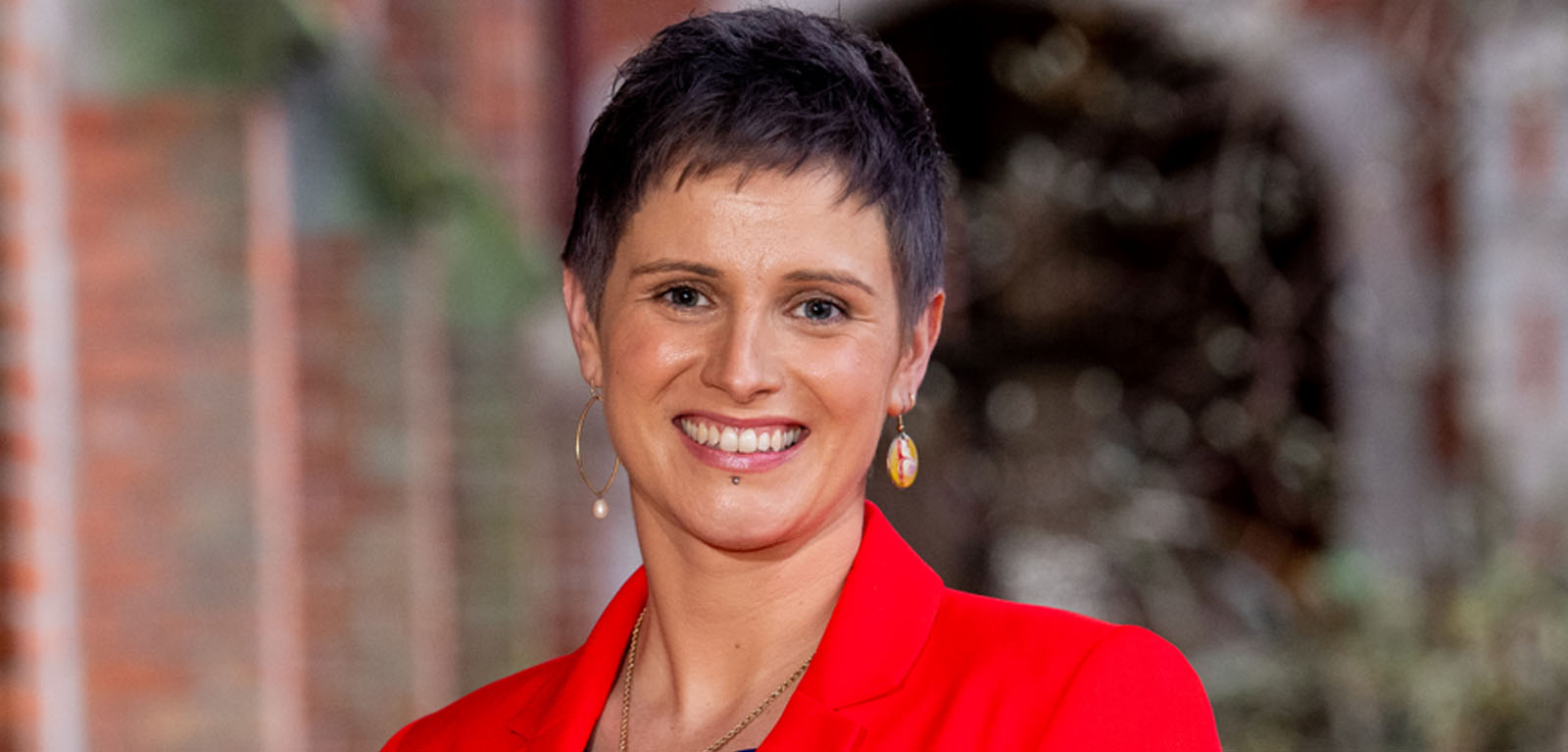Queen’s researcher develops new sensor which provides early warning of bridge damage
A new prototype sensor that provides an early warning signal if a bridge is at risk of scour – the number one cause of bridge collapse globally – has been developed by a Queen’s University Belfast researcher.

Scour is erosion of riverbeds and banks, which can cause major bridge structural failure problems. Dr Myra Lydon has been working on a sensor since last year to tackle the problem.
An initial prototype senor has been developed in partnership with Somni Solutions Ltd and testing has now completed. Dr Lydon hopes it will be in place on a Northern Ireland bridge this Summer and after further research there will be a wider roll out of the sensor.
The project has been funded by UK Research and Innovation’s Impact Acceleration Accounts (IAA) and Invest NI has provided additional funding for market exploration.
Dr Lydon explained the significance of the new sensor at Queen’s University Belfast’s ‘Research with Impact’, which took place at the Sonic Arts Research Centre.
She comments: “In 2019 it was estimated that within the UK an average of 8.2 million passenger journeys are lost annually due to the risk of bridge scour, with an associated economic cost of £60 million.
“In 2009, we witnessed catastrophic bridge failure in Malahide, Co Dublin where scour failure occurred suddenly. With scour, there is often no prior visible sign of distress to structure. In Malahide, the bridge was inspected just weeks prior to its collapse and had passed inspection but then failed seconds after a full passenger train crossed. Thankfully it narrowly avoided the catastrophe.
“It is vital that we protect our bridges and are able to detect scour before incidents like this take place. The sensor that we have developed detects changes in the riverbed prior to the damage occurring on the bridge. This can provide an early warning, which undoubtedly is safer and helps to prevent widespread bridge failures when we are faced with extreme climate events, such as flooding.”
Initial laboratory and field trials have been completed and Dr Lydon is now working with Kris Campbell Head from the Highway Structures Unit in the Northern Ireland Department for Infrastructure to identify a suitable bridge test site. The sensor will be installed along with other structural health monitoring equipment to ensure the safety of aging bridges.
Dr Lydon joined researchers Dr Jonathan Coulter and Professor Trung Duong at the event, where they talked about the local and global impact of the University’s research. It was hosted by Emer Maguire.
Professor Roger Woods, Dean of Research for the Faculty of Engineering and Physical Sciences, says: “Today’s event has been a fantastic opportunity to hear about the innovative and revolutionary research being carried out at Queen’s.
“Our researchers continue to make a difference to lives and livelihoods in Northern Ireland and around the world. Through cutting-edge research, experts at Queen’s are developing solutions to real world problems on our doorstop, which has a positive impact right across the globe.”
Media
For media inquiries, please contact emma.gallagher@qub.ac.uk